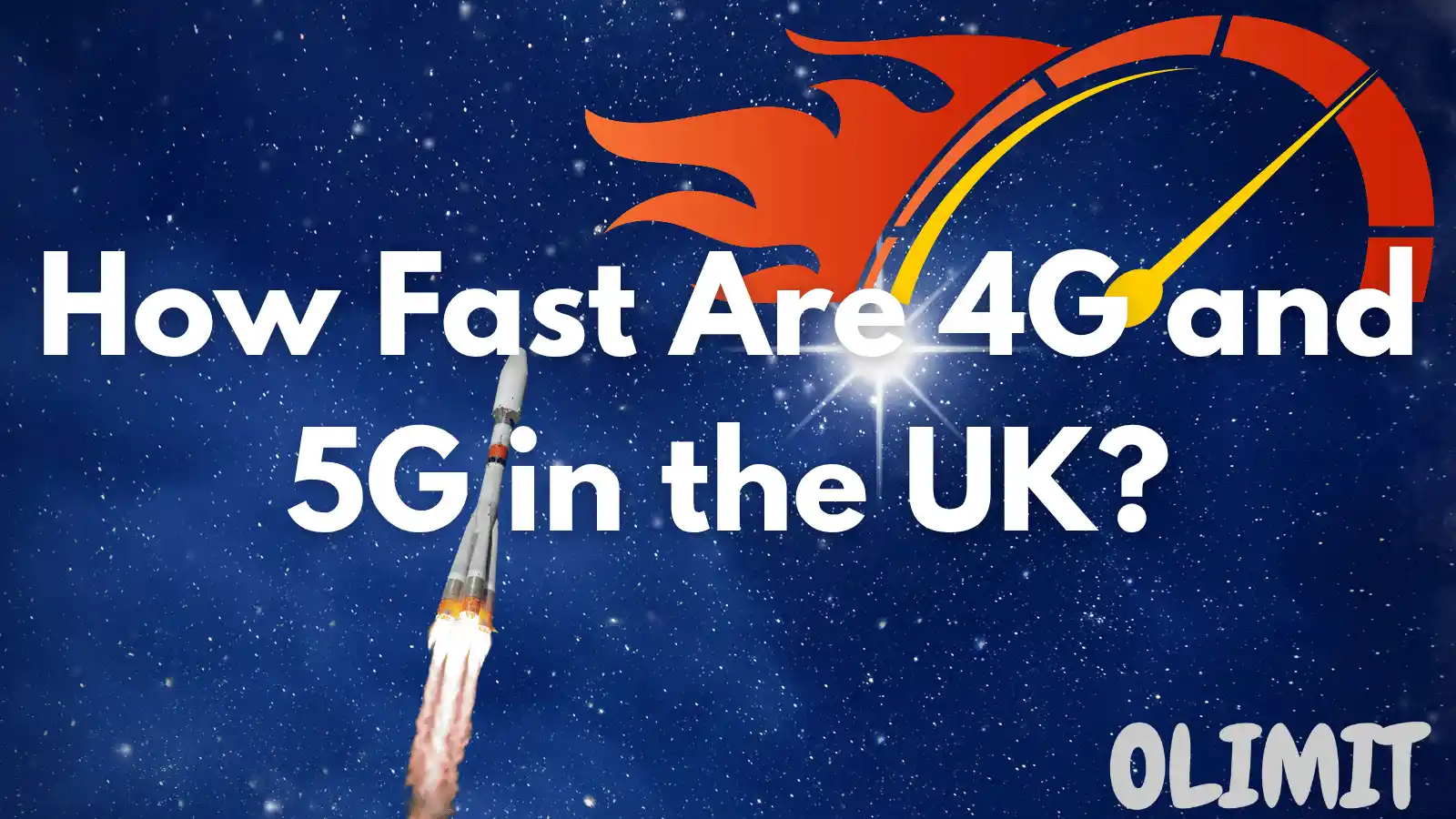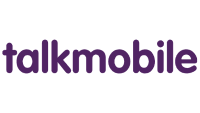And Why Lyca Might Be the Surprise Winner
If you’ve ever streamed a video, downloaded an app, or tried uploading a photo from a crowded area, you’ve probably wondered: “Why is my internet so slow?” That’s where understanding 4G and 5G speeds becomes important — because not all networks (or plans) are built the same. And believe it or not, smaller networks like Lyca Mobile are quietly delivering speeds that rival — and often beat — the big names.
Let’s break down how fast mobile data really is in the UK right now, what those numbers actually mean in day-to-day use, and why some smaller providers are outpacing expectations.
📡 First: What Do We Mean by “Speed”?
When we talk about mobile network speeds, we’re generally looking at two things:
- Download Speed – How fast data gets to your phone (watching videos, browsing, downloading apps)
- Upload Speed – How fast data leaves from your phone (sending emails, uploading videos or photos)
There’s also latency, which is how quickly your phone gets a response from the network after making a request — crucial for things like gaming or video calls.
📱 How Fast Was 3G, Really?
Before 4G and 5G, we had 3G — and let’s be honest, it feels ancient now. Speeds were sluggish:
| Network Type | Download Speed (Typical) | Upload Speed (Typical) |
|---|---|---|
| 3G | 3Mbps | 0.4Mbps |
| 3G HSPA+ | 6Mbps | 3Mbps |
So downloading a 500MB app or video over 3G? Expect a 20+ minute wait. Uploading a 10MB image to Instagram? Easily 3–4 minutes.
That said, most 3G services in the UK are being shut down, so you won’t see these speeds much longer. Good riddance.
🚀 Enter 4G: A Huge Upgrade
When 4G LTE launched, it was a game-changer. Streaming became smoother, pages loaded quickly, and you could finally download files without pulling your hair out.
| Network Type | Typical Download | Theoretical Max |
|---|---|---|
| 4G LTE | ~20Mbps | Up to 150Mbps |
| 4G LTE-Advanced | ~42Mbps | Up to 300Mbps |
To put that in context:
- A YouTube video loads in 2 seconds
- A 500MB file downloads in 3–4 minutes
- A photo uploads in 15 seconds or less
And if you’ve got 4G+ / LTE-Advanced, you’ll often see speeds well beyond 40Mbps, sometimes even into the 100s depending on your location and network.
⚡️ Lyca Mobile: The Fastest Network You Didn’t Expect
Here’s where things get interesting.
While everyone expects EE, Vodafone, or Three to dominate the speed charts, Lyca Mobile, which runs on EE’s network, has been quietly blowing people away. In many areas, real-world Lyca download speeds regularly hit 100–150Mbps — even on basic plans.
So why is Lyca so fast?
- It uses the same EE infrastructure
- It’s often less congested than EE’s direct network during peak hours
- It’s priced affordably, so fewer heavy users are hogging bandwidth
In fact, Lyca often outpaces entry-level EE plans and performs better than O2 and Vodafone in many postcodes. You can stream, game, or Zoom without a hitch — even tether your laptop and get near-home broadband speeds on the go.
📊 Real World 4G Speeds: How Do the Networks Compare?
According to OpenSignal’s last separated 4G report:
| Network | Download Speed (Mbps) | Upload Speed (Mbps) | Latency (ms) |
|---|---|---|---|
| EE | 36.4 | 9.1 | 36 |
| Vodafone | 22.4 | 8.5 | 39 |
| Three | 22.2 | 8.0 | 48 |
| O2 | 18.2 | 6.2 | 38 |
Even these numbers are conservative. In good coverage zones, EE can hit well over 100Mbps, especially with LTE-Advanced. And again — Lyca, running on EE, often matches or beats these speeds without the high price tag.
🛰️ Welcome to 5G: Supercharged Speeds and Lower Latency
5G is the latest step forward, and it’s a big one — but it depends a lot on where you are.
Theoretical Max Speeds
- Download: Up to 10Gbps (in ideal conditions)
- Upload: 1Gbps
Real-World UK Speeds (2023–2024)
| Network | Median 5G Download (Mbps) | Median Upload | Latency |
|---|---|---|---|
| EE | 174.1 | 12.1 | 30ms |
| Three | 165.7 | 13.1 | 31ms |
| Vodafone | 158.3 | 12.2 | 31ms |
| O2 | 68.7 | 8.9 | 33ms |
At the top end, Three reached peak speeds of 853Mbps, with EE not far behind at 638Mbps in RootMetrics testing.
🕹️ Don’t Forget Latency
Latency is just as important as raw speed. It’s what makes a live video call feel live, or what prevents lag when gaming online.
| Network Type | Typical Latency |
|---|---|
| 3G | ~80ms |
| 4G | 35–50ms |
| 5G | 17–33ms |
In ultra-ideal 5G conditions, latency could one day drop to 1ms — near-instant communication. That’s the dream for smart cities, driverless cars, and next-gen gaming.
💡 Real Life Examples: What Do These Speeds Mean?
Let’s make it practical:
| Task | 3G | 4G | 5G |
|---|---|---|---|
| Load a YouTube video (720p) | 10 sec buffer | Instant | Instant |
| Download a 500MB file | 20+ min | 3–4 min | Under 30 sec |
| Upload a 10MB photo | 3–4 min | 15 sec | 6–8 sec |
| Ping in online games | Laggy (80ms+) | Smooth (40ms) | Super smooth (<30ms) |
✅ So, Which Network Is Best for Speed?
Here’s a quick summary:
- 4G Winner: EE, hands down – though Lyca Mobile (on EE) is often just as fast and much cheaper
- 5G Winner: Three has the edge on download speeds, but EE is better for latency and stability
- Upload Speeds: Pretty close across all networks; Three and EE are usually on top
- Latency (Best Ping): EE leads for now, making it great for real-time use
🏁 Final Thoughts
In 2024, both 4G and 5G are capable of serious speeds — enough for most people to use their phones like mini broadband routers. But the surprises are in the detail:
- Lyca Mobile is an unexpected speed champ — cheap, fast, and widely available
- Three is dominating in pure 5G download speed tests
- EE remains the most balanced and reliable overall
If you’re stuck on slow speeds, it’s probably your plan, coverage, or network priority level — not your phone. Switching SIMs can give you a huge boost, especially if you try a high-speed MVNO like Lyca or Smarty.




